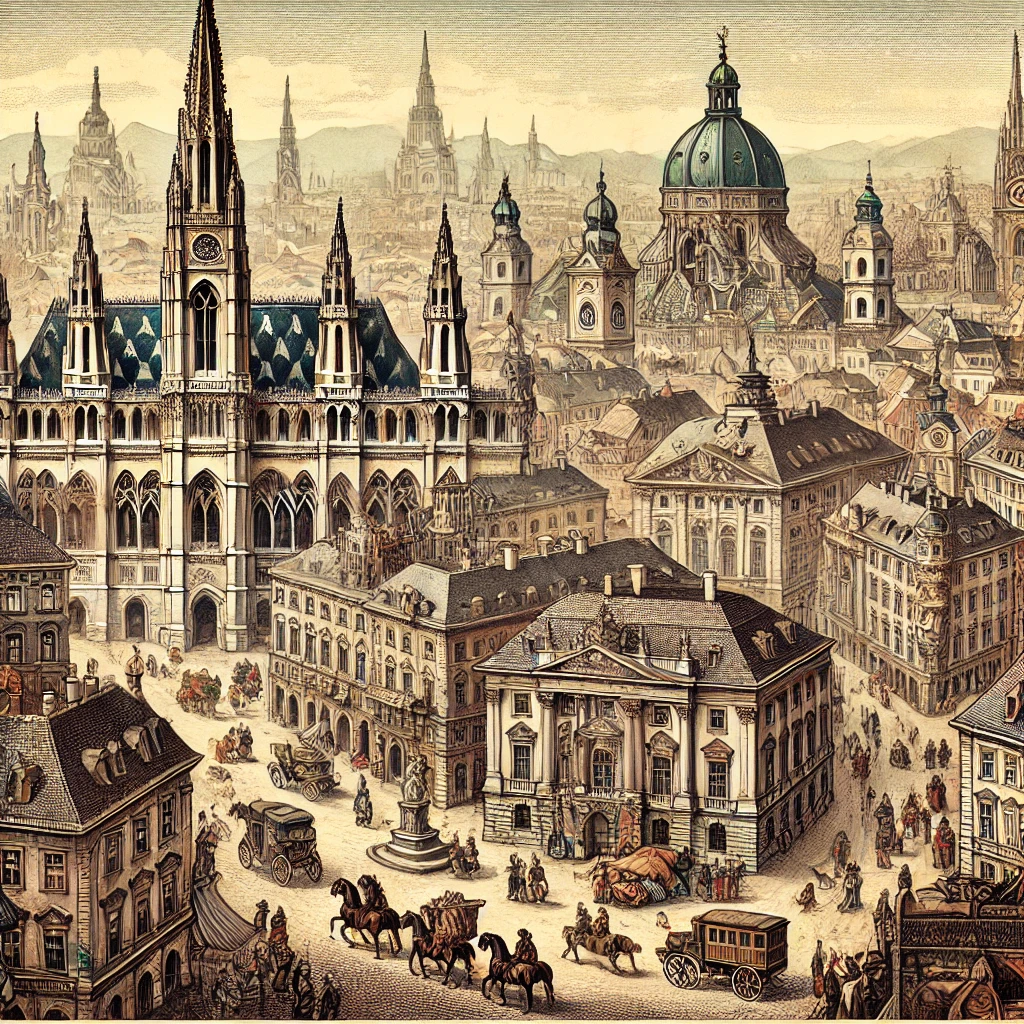The Holy Roman Empire, a multi-ethnic complex of territories in central Europe, had several historical capitals throughout its existence. Determining the primary capital of the Holy Roman Empire requires understanding the significance of various imperial cities and how political shifts influenced the designation of these capitals. Let’s delve into the historical contexts and the pivotal roles these cities played in shaping the empire’s legacy.
Historical Capitals of the Holy Roman Empire
Throughout its vast and complex history, the Holy Roman Empire established several capitals, each reflecting the political, cultural, and economic shifts within the empire. Initially, Aachen emerged as the first prominent capital of the Holy Roman Empire under Charlemagne’s reign. This city served as the epicenter of imperial power due to its strategic location and Charlemagne’s preference.
Subsequently, from the 12th century onwards, the imperial significance shifted from Aachen to cities like Frankfurt, where emperors were elected. Regensburg also gained prominence as a central location for imperial diets.
Key Historical Capitals:
- Aachen:
- Charlemagne’s residence
- Location of imperial coronations
- Frankfurt:
- Electoral city for emperors
- Regensburg:
- Regular meeting place for imperial diets
The frequent changes in the capital of the Holy Roman Empire underscore the decentralized nature of power within the empire. Each city hosted significant events that molded the empire’s history, reflecting the influence and reach of the incumbents’ administrations. The dynamic nature of these capitals illustrates the shifting landscape of medieval European politics.
Significance of the Imperial Cities
The capital of the Holy Roman Empire highly influenced the empire’s political and cultural landscape. Several cities held this esteemed title at various times, each contributing uniquely to the empire’s legacy.
Imperial Cities of Note:
- Aachen: Charlemagne’s preferred capital, where he established his court and conducted significant state affairs.
- Regensburg: A vital trading hub and the seat of the Imperial Diet for many years.
- Frankfurt: Renowned for its role in the election of the Holy Roman Emperors.
- Vienna: Eventually emerged as the long-term capital under the Habsburg dynasty.
Key Contributions of Imperial Cities:
- Political Nucleus: These cities operated as administrative centers, where emperors centralized power and influenced governance.
- Cultural Flourishing: They were melting pots of art, architecture, and science, significantly impacting European culture.
- Economic Centers: These cities played crucial roles in medieval trade and commerce, bolstering the empire’s economy.
In conclusion, each capital of the Holy Roman Empire played a significant role in shaping the empire’s administrative and cultural spheres, leaving a lasting legacy on European history.
The Influence of Political Shifts on the Capitals
Understanding the political shifts of the Holy Roman Empire offers insight into why the capital of Holy Roman Empire shifted multiple times. Throughout its history, various cities rose and fell in importance due to changes in political power, military strength, and economic prosperity.
- Aachen: Under Charlemagne, Aachen became the political hub. Charlemagne moved here to bolster his control over different European regions.
- Nuremberg and Frankfurt: By the later medieval period, these cities emerged as central locations due to their strategic positioning and robust trade networks.
- Vienna: As a response to Ottoman threats and political dynamics, Vienna gained prominence, signifying the Empire’s shifting priority towards its eastern frontiers.
| City | Time Period | Reason for Prominence |
|---|---|---|
| Aachen | Early Middle Ages | Charlemagne’s administrative choices and geographical centrality. |
| Nuremberg | High Middle Ages | Strategic location and thriving commerce. |
| Vienna | Late Middle Ages | Defense against Ottoman incursions and Habsburg influence. |
In summary, political shifts significantly influenced the choice of the capital of Holy Roman Empire. Each city’s rise and fall as the capital reflect the empire’s evolving priorities and external pressures throughout its extensive history.
Frequently Asked Questions
What was the capital of the Holy Roman Empire?
The Holy Roman Empire did not have a singular, permanent capital city. Instead, it had several key cities that served as administrative and political centers at different times. Principal among these were Aachen, Frankfurt, Nuremberg, and Vienna. Each of these cities played significant roles in the governance and ceremonial functions of the Empire.
Why didn’t the Holy Roman Empire have a single capital?
The Holy Roman Empire’s lack of a single capital is largely due to its decentralized and feudal nature. The Empire consisted of numerous semi-autonomous territories and principalities, each ruled by local leaders with significant power. This decentralized structure made a single, central capital less practical. Additionally, the itinerant nature of the Emperor’s court, which moved frequently among various cities, further contributed to the absence of a permanent capital.
What role did Aachen play in the Holy Roman Empire?
Aachen was one of the most important cities in the Holy Roman Empire, especially during the early Middle Ages. It was the preferred residence of Charlemagne, who was crowned Emperor there in 800 AD. Aachen became synonymous with imperial coronations and was the site where many Holy Roman Emperors were crowned. The Aachen Cathedral, built by Charlemagne, remains a significant historical and cultural monument.
How did Vienna’s role in the Holy Roman Empire evolve?
Vienna’s significance in the Holy Roman Empire grew over time, especially under the Habsburg dynasty. By the late Middle Ages and into the early modern period, Vienna had established itself as a crucial political and administrative center. When the Habsburgs became the dominant ruling family, Vienna effectively became the Empire’s administrative hub. By the 15th century, it was increasingly seen as the de facto capital of the Holy Roman Empire.


